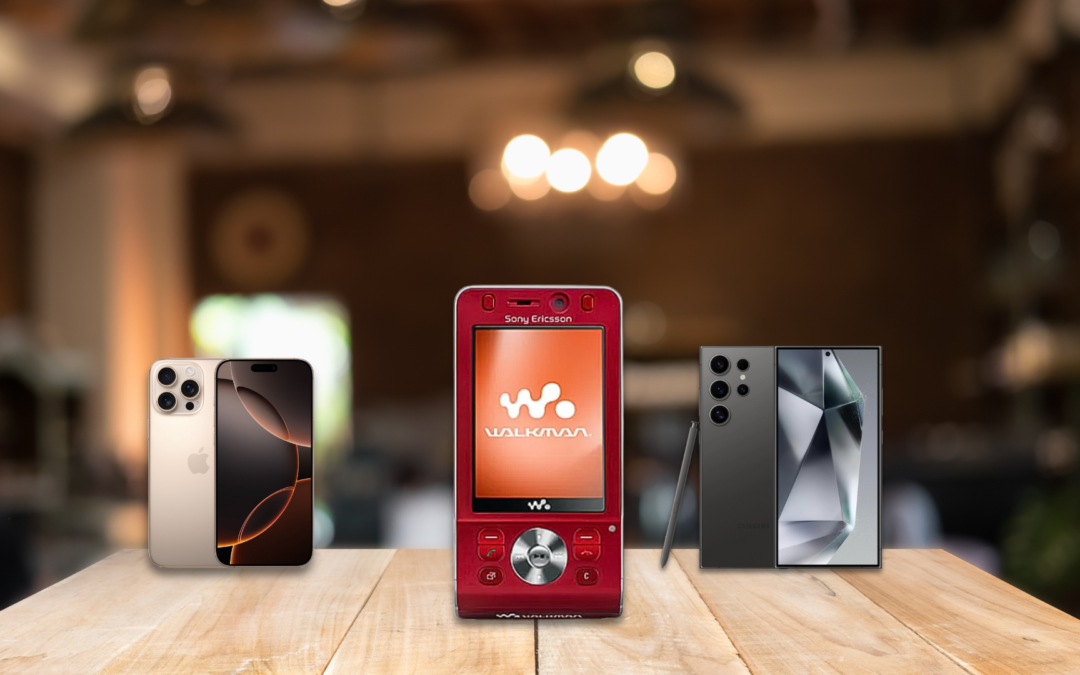Once upon a time, Sony Ericsson was a big deal. Their Walkman phones were everywhere, their Cyber-shot cameras made sense in a pre-smartphone world, and they were ahead of the game for a while. But then the iPhone happened, Android took over, and Sony Ericsson? Well, they kind of just… fizzled out.
So, what went wrong? More importantly, what could they have done differently? Let’s break it down.
1. Jump on New Tech Sooner
Sony Ericsson treated smartphones like a side project when they should have gone all in. Their first actual Android phone, the Xperia X10, didn’t show up until 2010—years after Apple and Samsung had already cemented their dominance (CNET, 2011). Imagine if they had made the move earlier, maybe even before the iPhone changed the game. Instead, they hesitated, and the best seats were taken by the time they joined the party.
2. Make Phones That Didn’t Feel Like a Puzzle
Sony Ericsson’s UI always felt like a compromise between two companies that couldn’t fully agree on what they wanted. Meanwhile, Apple was out here making phones that just worked—no unnecessary settings buried under five menus, no sluggish interfaces (InspireIP, 2023). If Sony Ericsson had focused on giving people a smooth, intuitive experience, they might have stood a better chance.
3. Get in Bed with the Right Partners
Apple locked down an exclusive deal with Cingular (now AT&T), turning that carrier partnership into a massive advantage. Sony Ericsson? Not so much. Their carrier relationships were weak, especially in the U.S. (CNET, 2011). If they had played their cards right and maybe made an exclusive deal with a primary carrier, they could have secured a loyal customer base before Android’s other big players did.
4. Cut the Clutter
At one point, Sony Ericsson had way too many phones. Budget models, high-end models, music-focused models, camera-focused models—it was all over the place (InspireIP, 2023). Meanwhile, Apple had one iPhone per year. Simplifying their lineup and making each device stand out could have helped them compete more effectively, instead of confusing potential buyers with too many choices.
5. Software Shouldn’t Feel Like an Afterthought
For years, Sony Ericsson clung to its proprietary software, even as Android was clearly taking over. And when they finally did make the switch, they were slow to roll out updates (InspireIP, 2023). That meant customers were stuck with outdated software while other Android brands were pushing out better experiences. If they had prioritized software updates and performance, they could have avoided being left behind.
So, Could Sony Ericsson Have Survived?
Probably. The brand had all the right ingredients—great hardware, brand recognition, and access to Sony’s deep entertainment ecosystem. But hesitation, poor strategic choices, and a lack of focus let them fall into irrelevance (UK Essays, 2024).
Now, Sony has taken full control of its smartphone division under the Xperia brand, but let’s be real—it’s not exactly a mainstream player anymore. Sony Ericsson could have been a household name in the smartphone era, but instead, it became a cautionary tale of how not to handle a tech revolution.
Sources
- CNET. (2011, October 27). Sony’s smartphone play: Too little, too late. Retrieved from https://www.cnet.com/tech/mobile/sonys-smartphone-play-too-little-too-late/
- InspireIP. (2023, June 28). Sony Ericsson Failure Case Study: 6 Reasons Why. Retrieved from https://inspireip.com/sony-ericsson-failure-case-study-10-reasons-why/
- UK Essays. (2018, November). The marketing strategy of Sony Ericsson. Retrieved from https://www.ukessays.com/essays/marketing/the-marketing-strategy-of-sony-ericsson.php
Other Articles
The Crucial Role of Pre-Show Rituals in Podcast Preparation
Why Amazon Brand Registry is a Must-Have for Business-Growth


Recent Comments